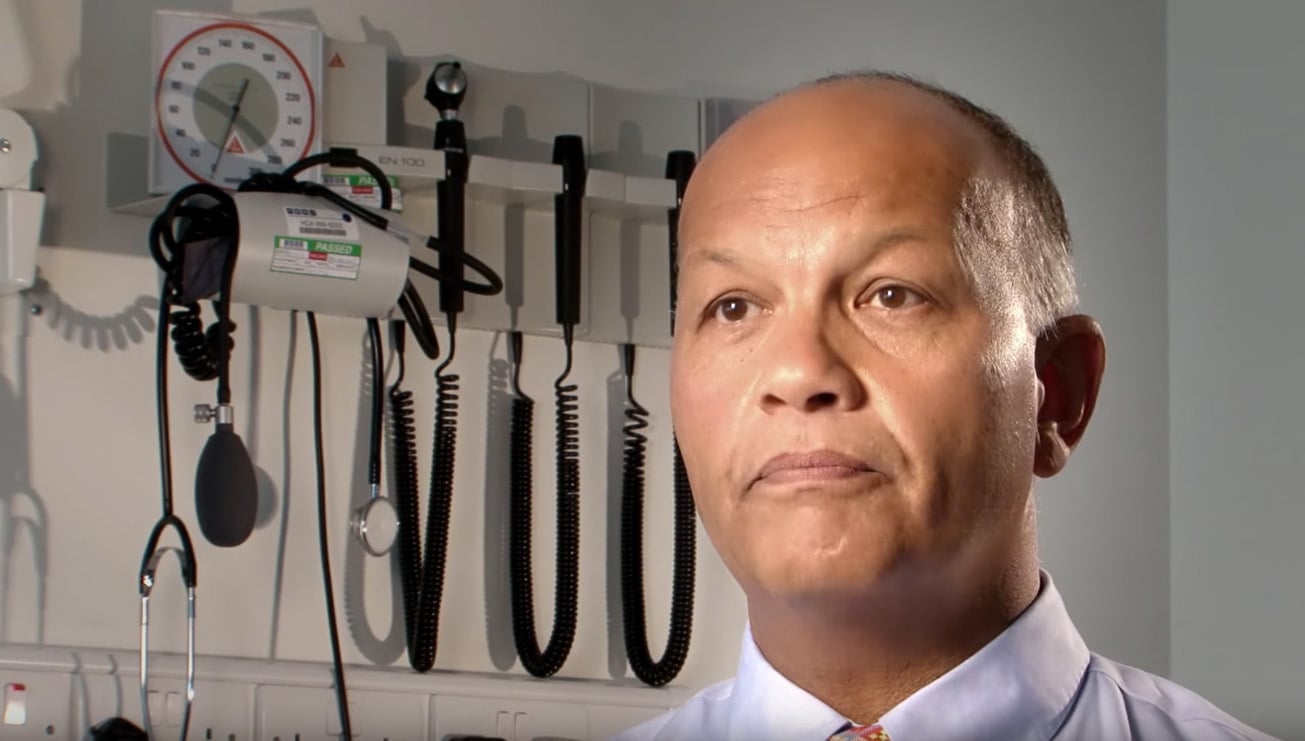
99 percent of Dr. Karim’s practice consists of robotic-assisted surgery cases, mostly robotic kidney surgeries, robotic partial nephrectomies, robotic pyeloplasties and robotic prostatectomies.
Robotic surgery has emerged as a minimally invasive approach to previously invasive procedures. According to UC health, benefits of robotic surgery include smaller incisions, shorter hospital stays, less blood loss and faster recovery times. Read more benefits.
Incorporating ultrasound into robotic-assisted partial nephrectomy (RAPN) has given Dr. Karim more confidence when identifying normal and abnormal tissue in a kidney. Ultrasound enables clinicians to locate the margins of a tumor more precisely before making an incision. Dr. Karim explained why ultrasound is critical when performing a RAPN.
“The problem with robotic surgery is you don’t get any tactile feedback, so the only way of determining exactly where you are on the tissue is by imaging it [with ultrasound]…you can scan the kidney and then you can actually mark exactly where the normal tissue starts and where the malignant tissue is. So we use [ultrasound] all the time.”
Although some clinicians perform successful RAPN surgeries without ultrasound, Dr. Karim explains the disadvantages of such an approach.

“The disadvantage with just eyeballing where you’re going to make your incision is first of all, if there’s a cystic component or a non-solid component to the actual tumor, you could easily rupture the cyst. The other aspect is you could be taking too much tissue and you could be sacrificing too much normal kidney tissue. With ultrasound, it gives you very, very precise constant margins around the tumor.”
Click here to learn more about our products for robotic-assisted surgery. You can learn more about the Robotic Drop-In transducer on our transducer page.
If you found this blog interesting, you’ll also like this video demonstrating how ultrasound is used during a robotic-assisted partial nephrectomy. Click here.

